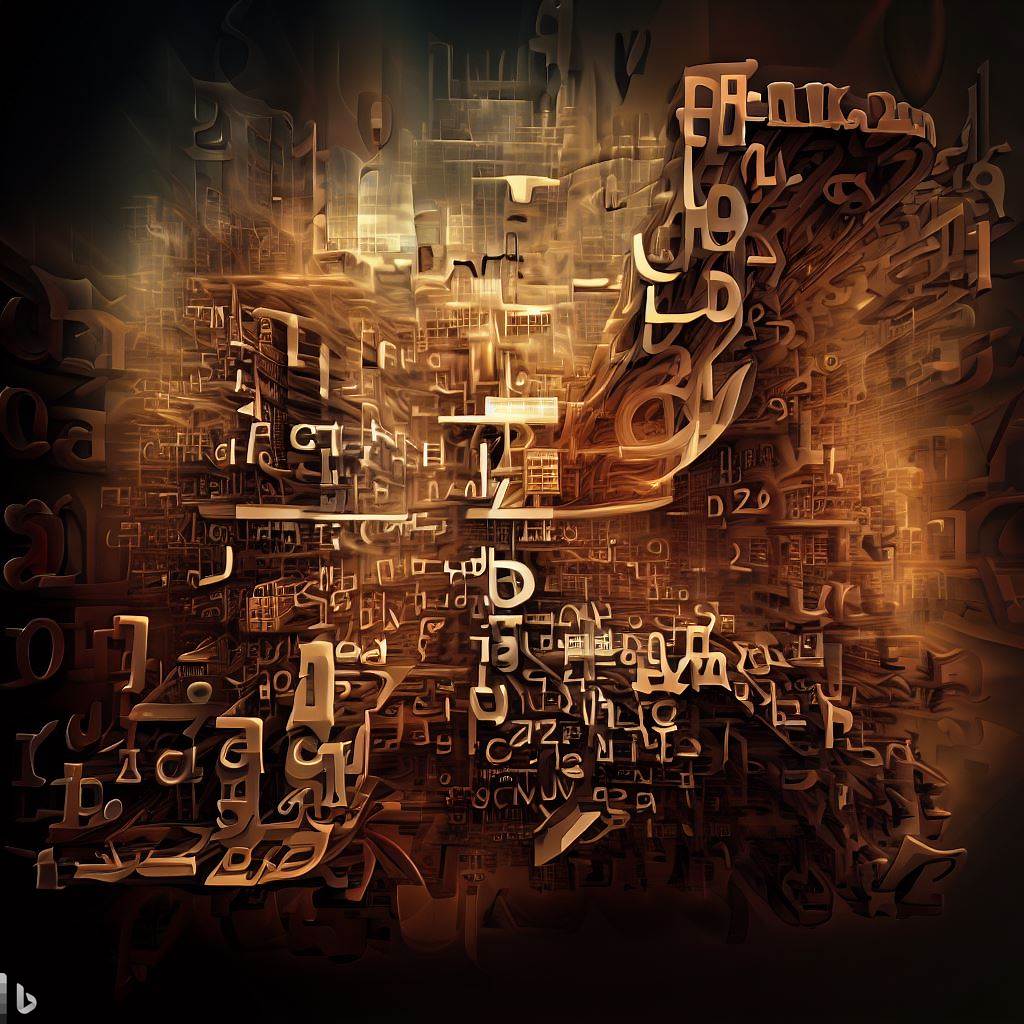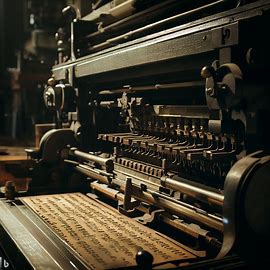- Wide Compatibility: TTF fonts have broad compatibility across different operating systems, including Windows, macOS, Linux, and mobile platforms. They can be used seamlessly in various design applications, ensuring consistent rendering across different devices.
- Small File Size: TTF fonts typically have compact file sizes, making them easy to distribute and load quickly. This is particularly beneficial for web design, where fast-loading fonts contribute to improved user experience and page load times.
- Easy Embedding: TTF fonts can be embedded directly into digital documents, ensuring consistent typography across different devices and platforms. This is especially useful for sharing documents that require specific fonts to maintain their intended design.
- Enhanced Hinting: TTF fonts often feature enhanced hinting instructions, which improve legibility at smaller sizes or lower resolutions. Hinting ensures that the font renders properly on screens and printers, optimizing readability.
- Versatile Design Options: TTF fonts can include multiple font styles and variations within a single file, such as regular, italic, bold, and bold italic. This flexibility allows designers to access and utilize different styles without managing separate font files.
- Wide Availability: TTF fonts are widely available and have a vast library of options to choose from. Designers can easily find and access a wide range of TTF fonts that suit their specific design requirements, catering to diverse aesthetic preferences.
- Ease of Editing: TTF fonts can be edited and modified using various font editing software tools. This allows designers to customize letterforms, adjust spacing, or create custom variations to suit their design needs.
- Accurate Printing: TTF fonts provide precise control over letter shapes and curves, ensuring accurate printing output. Whether in commercial printing or desktop printing, TTF fonts retain their intended design integrity.
- Simplicity: TTF fonts follow a straightforward file structure, making them easy to manage and integrate into design projects. They can be installed and activated with minimal effort, allowing for smooth workflow processes.
- Legacy Support: TTF fonts have been around for a long time and enjoy widespread support in older software applications. They are compatible with legacy systems and platforms, ensuring backward compatibility and consistent typography in older documents.
In summary, TTF fonts offer a range of advantages, including wide compatibility, small file sizes, easy embedding, enhanced hinting, versatile design options, wide availability, ease of editing, accurate printing, simplicity, and legacy support. These benefits make TTF fonts a popular choice for designers, providing them with flexibility, ease of use, and reliable typography across various platforms and applications.




